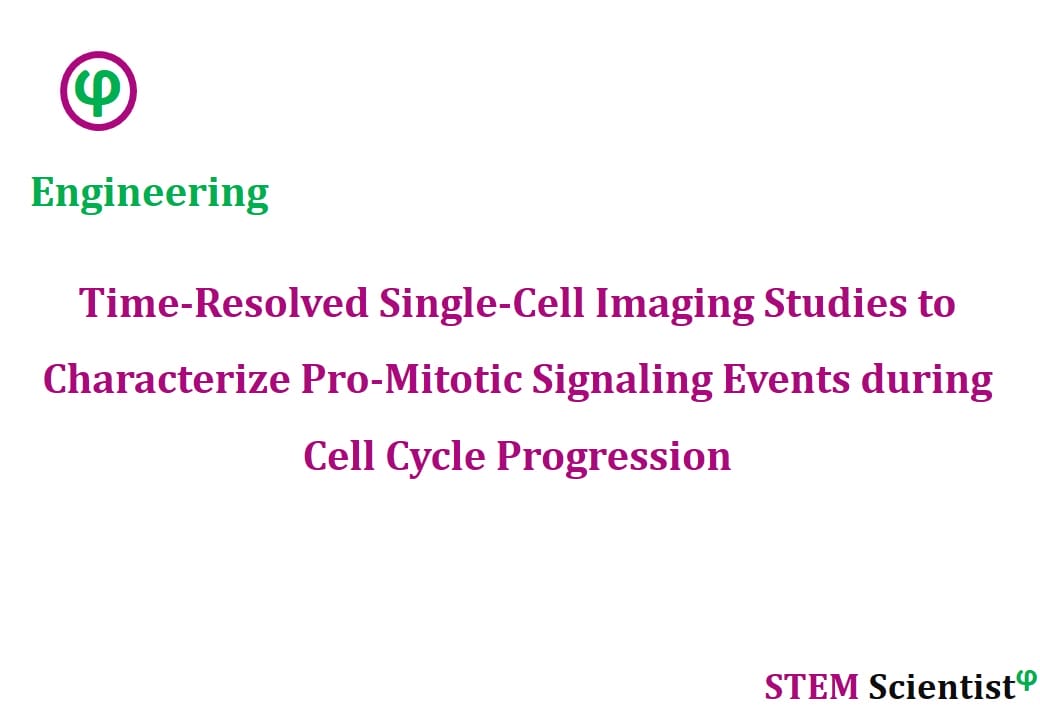
The following study was conducted by Scientists from Institute of Pathology, Charité-Universitätsmedizin, Berlin, Germany; Institute for Theoretical Biology, Charité-Universitätsmedizin, Berlin, Germany; Integrative Research Institute Life Sciences, Humboldt University, Berlin, Germany; Department of Biology, Technische Universität, Darmstadt, Germany; German Cancer Consortium (DKTK), German Cancer Research Center (DKFZ), Heidelberg, Germany; Berlin Institute for Medical Systems Biology, Max Delbrueck Center in the Helmholtz Association, Berlin, Germany. Study is published in Cell Reports Journal – Cell Press Publishing as detailed below.
Cell Reports Journal – Cell Press Publishing
Disentangling Pro-mitotic Signaling during Cell Cycle Progression using Time-Resolved Single-Cell Imaging
Highlights
- The contribution of EGF-induced signaling pathways is decomposed in single cells
- Critical dynamic features are identified by information theory
- ERK and PI3K activity are necessary for initial cell cycle entry
- PI3K is necessary later to adjust the metabolism of the cell during replication
Summary
Cells rely on input from extracellular growth factors to control their proliferation during development and adult homeostasis. Such mitogenic inputs are transmitted through multiple signaling pathways that synergize to precisely regulate cell cycle entry and progression. Although the architecture of these signaling networks has been characterized in molecular detail, their relative contribution, especially at later cell cycle stages, remains largely unexplored. By combining quantitative time-resolved measurements of fluorescent reporters in untransformed human cells with targeted pharmacological inhibitors and statistical analysis, we quantify epidermal growth factor (EGF)-induced signal processing in individual cells over time and dissect the dynamic contribution of downstream pathways. We define signaling features that encode information about extracellular ligand concentrations and critical time windows for inducing cell cycle transitions. We show that both extracellular signal-regulated kinase (ERK) and phosphatidylinositol 3-kinase (PI3K) activity are necessary for initial cell cycle entry, whereas only PI3K affects the duration of S phase at later stages of mitogenic signaling.
Source:
Cell Reports – Cell Press Publishing
URL: https://www.cell.com/cell-reports/fulltext/S2211-1247(20)30404-6
Citation:
Benary, M., S. Bohn, et al. (2020). “Disentangling Pro-mitotic Signaling during Cell Cycle Progression using Time-Resolved Single-Cell Imaging.” Cell Reports31(2).


